
What Is The Future Of Email Marketing
Email marketing has been a powerful tool for businesses for decades. Choosing the right email marketing service can optimize strategies and gauge campaign performance effectively.

Every year, we see brands shoot for the stars with their marketing campaigns—some hit the mark, while others crash and burn in spectacular fashion. 2024 has been no exception, delivering a fresh batch of marketing misfires that left us all cringing.
From tone-deaf campaigns to social media disasters, these failures are brutal reminders that even the biggest brands can stumble. But hey, it’s not all bad—there’s a lot to learn from these blunders. So, grab your popcorn as we dive into the most jaw-dropping marketing fails of the year. Because if there’s one thing 2024 has taught us, it’s that even the best-laid plans can go hilariously, and sometimes painfully, off course. And we can’t wait to tell you about it.
Understanding your target audience, incorporating diverse perspectives, careful planning, cultural sensitivity, and having a robust crisis management plan are key to avoiding marketing blunders.
Brands should conduct thorough research, engage with their audience regularly, and involve a diverse group in the campaign planning to ensure their messages resonate.
Cultural sensitivity ensures that marketing messages are respectful and considerate of different cultural contexts, which helps prevent backlash and fosters positive public perception.
By monitoring public reaction in real time, brands can quickly adapt to any negative feedback, address concerns, and prevent a small issue from becoming a larger crisis.
A brand should consider hiring a marketing agency when it needs expert guidance to navigate complex social issues, craft effective campaigns, or avoid potential marketing pitfalls.
Kellogg’s CEO Gary Pilnick delivered one of the most tone-deaf comments of the year in February, leaving a sour taste in everyone’s mouth—no milk required. After a year of jacking up prices by 12%—way more than inflation, by the way—Kellogg’s saw their profits soar. And what do they plan to do with all that extra cash? Spend it on stock buybacks and fatten up dividends for their shareholders, of course.
But here’s where it gets really wild. In an interview with CNBC, Pilnick suggested that cash-strapped Americans should save money by eating cereal for dinner. Yeah, you heard that right. The guy who just helped his company rake in record profits now thinks the solution to skyrocketing food costs is for you to pour yourself a bowl of Frosted Flakes and call it a night.

Needless to say, the internet had a field day. Critics didn’t hold back, blasting Pilnick for being completely out of touch with the struggles of everyday families. It’s almost like he’s trying to make even more money off people during a time of crisis, and folks aren’t having it.
Enter the #LetThemEatCereal movement. Within days, a website by the same name—letthemeatcereal.info—sprang up, becoming a hub for frustrated consumers. The site didn’t just stop at calling out Kellogg’s tone-deaf suggestion; it went a step further by offering healthier and more balanced alternatives to Kellogg’s products. From recipes featuring affordable whole foods to comparisons of cereal brands with better nutritional profiles, letthemeatcereal.info quickly became a rallying point for those fed up with corporate greed.
But the movement didn’t end there. The website also introduced a feature allowing users to vote for the next company to be boycotted, with brands like Tyson, Coca-Cola, General Mills, and Kraft Heinz making the list. Putting all the food and beverage giants on notice. The message was clear: Consumers are done with being taken for granted by corporations that prioritize profits over people’s well-being.
The #LetThemEatCereal movement has highlighted the growing frustration with companies that appear to be out of touch with the realities of everyday life. It’s not just about the price hikes or the questionable nutritional value of their products; it’s about the broader implications of corporate decisions that prioritize shareholder returns over consumer trust and health.
So, while Kellogg’s execs are busy counting their profits and patting themselves on the back for keeping shareholders happy, maybe they should take a moment to read the room. Because suggesting cereal for dinner when you’ve just hiked prices and cashed in on people’s struggles? That’s a marketing fail of epic proportions.

Lesson Learned: When your company’s profits are soaring, and your customers are barely getting by, maybe—just maybe—don’t suggest they eat a bowl of cereal for dinner. It’s not just about bad optics; it’s about being completely out of touch with the people who keep your business running.
What was supposed to be a magical, candy-filled adventure turned out to be one of the biggest marketing flops this year. The Wonka Experience, hyped as an immersive event based on the beloved Willy Wonka universe, hosted in Glasgow, Scotland, promised an unforgettable journey into the world of sweets and fantasy. With a hefty ticket price of £35 and a digital campaign capitalizing on the buzz from Warner Bros.’ recently released Wonka film, the event seemed destined for success. But when guests arrived, it quickly became clear that they were in for a different kind of experience—one that no one would soon forget.
The Wonka Experience had all the ingredients for a hit: a big-name brand, a prime location, and a marketing campaign that built up excitement in the weeks leading to the event. House of Illuminati, the event organizers, rented a large warehouse, hired live actors, and promised an immersive, candy-filled adventure that would delight children and adults alike. But when the day arrived, what guests found was nothing short of a disaster.
Instead of a whimsical wonderland, attendees were greeted by a sparsely decorated warehouse with a few scattered mushrooms, a small bounce castle, and cafeteria tables that looked like they were borrowed from a school lunchroom. The “photobooth” was nothing more than a sad backdrop held up by exposed tape, and the live actors were clad in cheap, shabby costumes, delivering nonsensical lines from an AI-generated script. And the candy? Guests received just two jellybeans and a tiny cup of limeade. So much for the factory fantasy.

The event was a disaster from the start. Families who had traveled hours to attend left within minutes, demanding refunds. Shouting matches erupted, and the local police were called to shut the whole thing down just hours after it began. The Wonka Experience may have ended quickly, but its legacy is destined to live on for all the wrong reasons.
Several factors contributed to the downfall of the Wonka Experience, but three stand out from a marketing perspective: overreliance on AI, a failure to meet consumer expectations, and a lack of communication between teams.
AI has become a powerful tool in marketing, but like any tool, it needs human oversight. The Wonka Experience’s marketing materials—from social posts to visual posters—were clearly AI-generated, and it showed. Spelling errors and nonsensical phrases like “cartchy tunes, exarserdray lollipops, and a pasadise of sweet teats” were plastered across their promotional content.
Even worse, the event’s performance script was entirely AI-generated and made no sense, turning a beloved story into a confusing mess. AI can be a great starting point, but trusting it to do all the work without human input was a critical error.
When people think of Willy Wonka, they envision an abundance of candy, flowing chocolate rivers, and vibrant, fantastical sets. The AI-generated visuals used in the marketing only heightened these expectations. But guests found none of the magic they were promised when they arrived. The £35 ticket price set a certain expectation for value, but the event failed to deliver on every front, leaving attendees disappointed and angry. Overpromising and underdelivering is a surefire way to create dissatisfied customers.
There was a breakdown in communication between the various teams involved in the Wonka Experience. The people creating the AI-driven marketing materials were not in sync with the team responsible for executing the event. Supplies were grossly inadequate; the actors received their scripts only a day before the event, and the entire experience felt thrown together at the last minute. Without proper planning and communication, the event was doomed from the start.
With the dominance of social media, bad news travels fast—and the Wonka Experience was no exception. Attendees took to Twitter, Instagram, and TikTok to share their horror stories, and soon enough, the hashtag #WonkaGate was trending.
In the aftermath, the House of Illuminati, the organizers behind the disaster, were forced to issue over 800 refunds. In a somber post on their social media, they admitted defeat, apologizing for the disappointment and declaring they won’t be hosting any events in the foreseeable future. It’s safe to say that this is one event they’d probably like to forget.

An actual photo of the Wonka Experience ☝️😬
The failed Wonka Experience serves as a cautionary tale for marketers and event organizers alike:
Failing to learn from the Wonka Experience might just make your brand the next big viral flop. In the end, it’s not about creating a fantasy—it’s about delivering on the promise of one.
Kyte Baby, a brand cherished by parents for its soft, sustainable baby clothing, stumbled into a PR disaster that has left its reputation in tatters. The controversy began when an employee named Marissa, who had just adopted a baby and was facing the challenges of caring for her newborn in the NICU, requested to work remotely.
For a brand that markets itself as “family-oriented,” the response was shockingly cold: a firm denial. This decision not only contradicted the company’s values but also sparked outrage among consumers and ignited a firestorm on social media.
Marissa, who had been with Kyte Baby for over seven months, found herself in an unimaginably stressful situation. Her newborn, whom she had just adopted, was in the NICU, and she needed the flexibility to care for her baby while maintaining her job. When she asked to work remotely—a request that seems more than reasonable under the circumstances—she was met with a resounding “no.” This refusal was particularly jarring given that Kyte Baby had previously praised remote work, especially for its many working mothers.

In her first apology video, Kyte Baby’s founder, Ying Liu, tried to address the situation, but the attempt backfired. The video, which was scripted, felt robotic and insincere, leaving viewers more frustrated than before. Social media lit up with criticism, and moms across the internet began calling for a boycott of the brand.
It didn’t take long for the situation to spiral out of control. What started as a single employee’s grievance quickly turned into a broader movement. The hashtag #BoycottKyteBaby began trending on social media, with countless former customers expressing their disappointment and vowing never to buy from the brand again. The controversy struck a deep chord, particularly among working parents who have long felt the pressures of balancing their careers with their family responsibilities.
The glaring disconnect between Kyte Baby’s public image and its actions fueled the backlash. Here was a company that had previously celebrated remote work, especially for mothers, now denying that very option to a new mom in a desperate situation. The hypocrisy was too much for many to bear, and the calls for a boycott grew louder.
Realizing the magnitude of the backlash, Liu returned with a second apology, this time ditching the script. In this video, she candidly admitted that her original decision was “terrible,” “insensitive,” and “selfish.” Liu acknowledged that she had failed to consider Marissa’s needs and the immense stress she was under while caring for a newborn in the NICU. She expressed deep regret and vowed to do better, promising that Kyte Baby would overhaul its maternity policies and offer more support to new parents in the future.
Despite this more heartfelt apology, the damage had been done. Marissa, who had been offered the chance to return to her job with remote work accommodations, declined the offer. The incident left a sour taste in the mouths of many, with thousands of former customers publicly declaring that they would never shop at Kyte Baby again.

Kyte Baby’s blunder is more than just a PR mishap—it’s a cautionary tale for any company that champions family values. In today’s hyper-connected world, consumers quickly call out brands that fail to live up to their promises. The incident highlights a growing frustration among working parents, who often feel unsupported in balancing work and family life.
This controversy also underscores the importance of authenticity in brand messaging. It’s not enough to market your company as family-friendly or supportive of working moms. Those values need to be reflected in every aspect of the business, from HR policies to day-to-day management decisions. When there’s a disconnect, as was the case with Kyte Baby, the fallout can be swift and severe.
As the dust settles, the question remains: Can Kyte Baby recover from this? The brand’s future is uncertain, with many consumers still reeling from the perceived betrayal. The company has promised to revise its maternity policies and improve employee support, but whether that will be enough to win back trust is yet to be seen.
In the meantime, the incident serves as a powerful reminder to other brands. In an era where consumers are more informed and connected than ever, companies must ensure that their actions align with their values. For Kyte Baby, this controversy might just be the wake-up call they needed to reassess their priorities and truly commit to supporting the families they claim to serve.
Lesson Learned: The Kyte Baby controversy is a stark reminder that words are not enough. In today’s world, brands must back up their promises with actions—or face the consequences. Authenticity, empathy, and genuine support for employees and customers alike are no longer optional.
Bumble, a dating app once celebrated for its commitment to empowering women, recently took a significant misstep with its latest rebrand. What was meant to be a bold move to refresh the brand instead sparked widespread outrage, leaving many questioning Bumble’s direction and its dedication to the values it once championed.

The controversy began with a billboard in Los Angeles that proclaimed, “You know full well celibacy is not the answer.” This attempt at edgy messaging quickly backfired, as it was perceived as dismissive of the legitimate reasons some women choose celibacy, whether for health, safety, or personal beliefs. In light of ongoing debates around reproductive rights, the timing made the campaign feel especially tone-deaf.
On TikTok, the backlash was swift and severe. A single post criticizing the billboard garnered over 375,000 views in just two days, with users expressing their disappointment by calling for boycotts, deleting the app, and leaving 1-star reviews.
The phrase “You know full well” resonated negatively with many, echoing coercive language that has historically pressured women into unwanted situations, making the campaign feel less like empowerment and more like a guilt trip.
Bumble’s appeal has always focused on empowering women—allowing them to make the first move and choose whether to date, make friends, or network. However, this new campaign seemed to forget that heritage.

The message, “A vow of celibacy is not the answer,” trivialized the very real challenges many women face in today’s dating landscape. Instead of offering support or understanding, critics argued, it suggested that the solution to women’s frustrations was simply to abandon celibacy—a message that many found offensive and reductive.
This misstep highlights a key issue with relying solely on in-house creative teams. While these teams have deep brand knowledge, they can also miss the forest for the trees, needing more external perspective to catch potential missteps. This campaign is a clear example of where an outside agency could have provided valuable insights, helping to refine the concept into something that resonated more positively with the audience.
Collaborating with an agency might have allowed Bumble to maintain the boldness of its message while avoiding the backlash. Instead, the campaign has resulted in a PR crisis that could have been mitigated with a bit more outside input.
The backlash to Bumble’s campaign wasn’t just confined to the billboards; it spread rapidly on TikTok. As a platform where consumers share their unfiltered opinions, TikTok amplified the negative sentiment surrounding the campaign. This quick and widespread reaction underscores the importance of understanding how messaging will be received on social media platforms and the need for brands to stay connected with their audience’s values.
Bumble’s campaign serves as a cautionary tale about the dangers of misaligned messaging. In a social media world, one poorly received campaign can quickly snowball into a full-blown crisis, and brands must be prepared to respond quickly and thoughtfully.
The Bumble situation offers several key lessons:
By learning from these lessons, brands can better navigate the complexities of modern marketing and avoid the pitfalls that can derail even the most well-intentioned campaigns.
2024 has already witnessed some of the biggest marketing fails so far, and while these blunders have provided plenty of lessons in what not to do, they also offer valuable insights into how brands can avoid similar pitfalls. Below, we outline ten actionable strategies to ensure your marketing campaigns are successful, resonate with your target audience, and enhance brand loyalty.
One key reason marketing campaigns fail is a need for more understanding of the target audience. Before launching any ad campaign, it’s important to conduct thorough research to understand your audience’s needs, preferences, and sensitivities. This helps create marketing messages that resonate and avoid negative reactions, such as those seen in the infamous marketing blunders of 2024.
To prevent campaigns from being tone-deaf or culturally insensitive, involve a diverse group of people in the planning process. This diverse representation can help spot potential issues in your marketing messages that might be offensive or misinterpreted by different demographic groups. Companies like Burger King and Pepsi could have avoided their infamous blunders by considering diverse perspectives before launching controversial ads.
Your marketing efforts should always align with your brand’s heritage and core values. Coca-Cola’s “New Coke” campaign is a textbook example of how straying from a brand’s legacy can lead to significant backlash. Always ensure that new marketing campaigns are consistent with what your brand stands for and what your loyal customers expect.
In today’s socially conscious environment, brands must tread carefully when engaging with social issues. Campaigns representing women, people of color, or any marginalized group need to be approached with respect and a deep understanding of the cultural contexts. Missteps in this area can lead to public perception issues and far-reaching consequences for a brand’s reputation.

While shock value can grab attention, it often leads to mixed reactions and can alienate many consumers. Marketing campaigns that rely on controversial or provocative content, like Pepsi’s Kendall Jenner ad, can backfire and result in widespread condemnation. Instead, focus on genuine engagement and positive messages reinforcing your brand’s commitment to its audience and consumer loyalty.
Before launching any campaign, conduct a deep comparison analysis to understand the potential implications of your marketing message and effort. This involves researching your target audience, understanding current social issues, and predicting how different audience segments might react. This diligence can prevent your campaign from being labeled as tone-deaf or in poor taste.
In the digital age, public reaction can spread like wildfire, and brands need to be prepared to adapt quickly. Monitoring social media and public feedback in real time allows you to address any issues or negative reactions as they arise. By being responsive and transparent, you can often mitigate the damage before it spirals into a full-blown crisis.
No matter how careful your planning is, sometimes marketing efforts don’t go as expected. That’s why it’s crucial to have a robust crisis management plan in place. This plan should outline steps to quickly address any negative reactions, including issuing apologies, pulling controversial ads, and communicating openly with your audience.
Building genuine connections with your audience can help avoid the pitfalls of marketing blunders. Engage with your audience regularly on social media and other platforms to understand their needs and concerns. This ongoing dialogue can inform your marketing strategy and help prevent campaigns from going off course.
Sometimes, the best way to avoid a marketing failure is to bring in the experts. Hiring a marketing agency can provide your company with the expertise to navigate complex social issues, craft effective campaigns, and avoid potential pitfalls. Agencies bring a wealth of experience and a fresh perspective that can be invaluable in today’s fast-paced marketing landscape.

Email marketing has been a powerful tool for businesses for decades. Choosing the right email marketing service can optimize strategies and gauge campaign performance effectively.

Discover successful email marketing strategies to boost engagement, drive conversions, and grow your business with impactful campaigns.

Discover the basics of marketing automation and how it helps businesses save time, streamline campaigns, and boost results.

Discover the importance of lead generation for boosting business growth, building connections, and driving long-term success.

Explore the differences between traditional and digital advertising. Learn which strategy is best for your business, from broad reach to targeted campaigns.
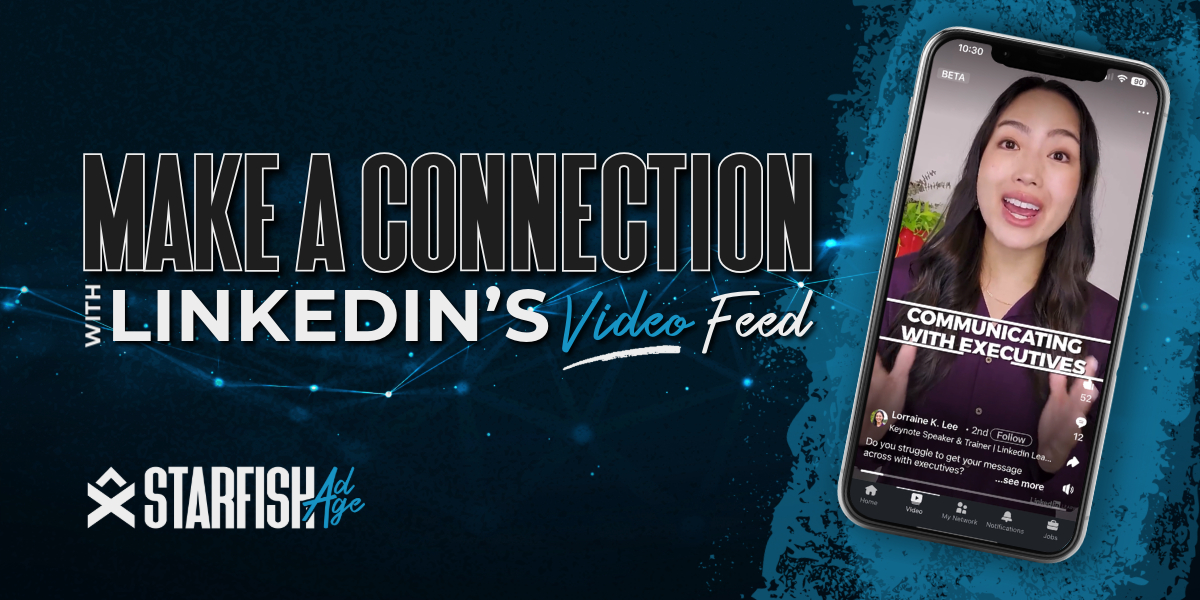
Use LinkedIn’s new video feed to grow your audience. Learn specs, best practices, and tips for creating engaging posts to boost your visibility on LinkedIn.

How major social media legal battles in 2024, including Supreme Court rulings and the Kids Online Safety Act, are impacting businesses and digital marketing.

Discover 10 iconic brands like Blockbuster, Kodak, and Toys “R” Us that went extinct because they failed to innovate.

Gen Z Marketing That’s Breaking The Internet: Discover how Gen Z marketers use bold, unpredictable strategies to capture attention.

Learn how AI tools improve customer experience, streamline operations, optimize marketing, and reduce operational costs.
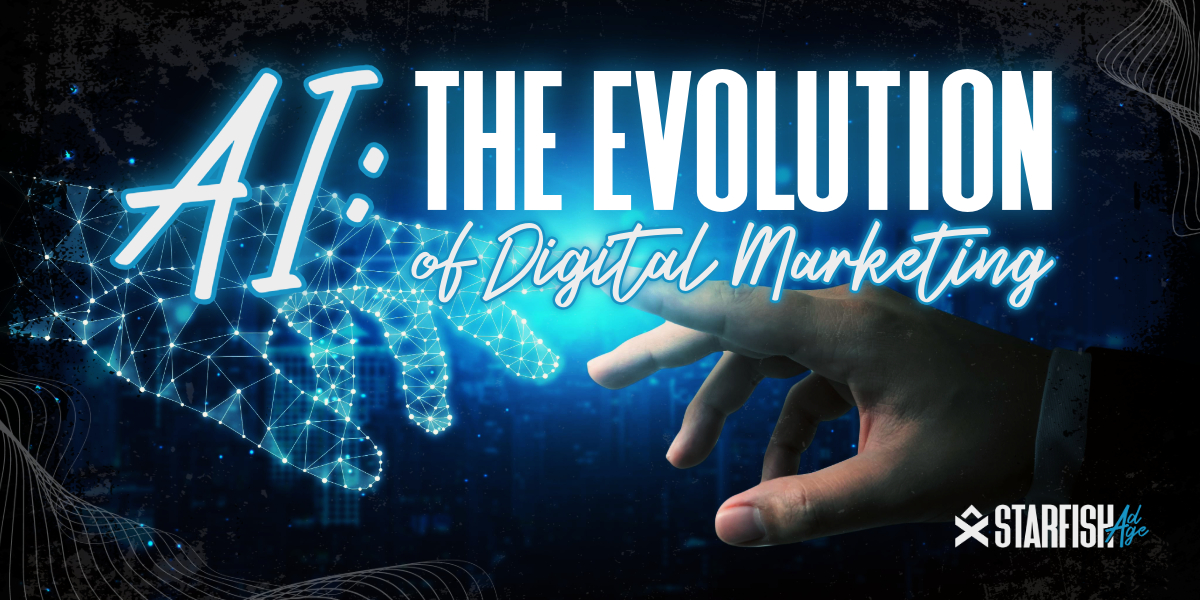
Discover how AI transforms digital marketing through automation, personalized strategies, and data-driven insights.
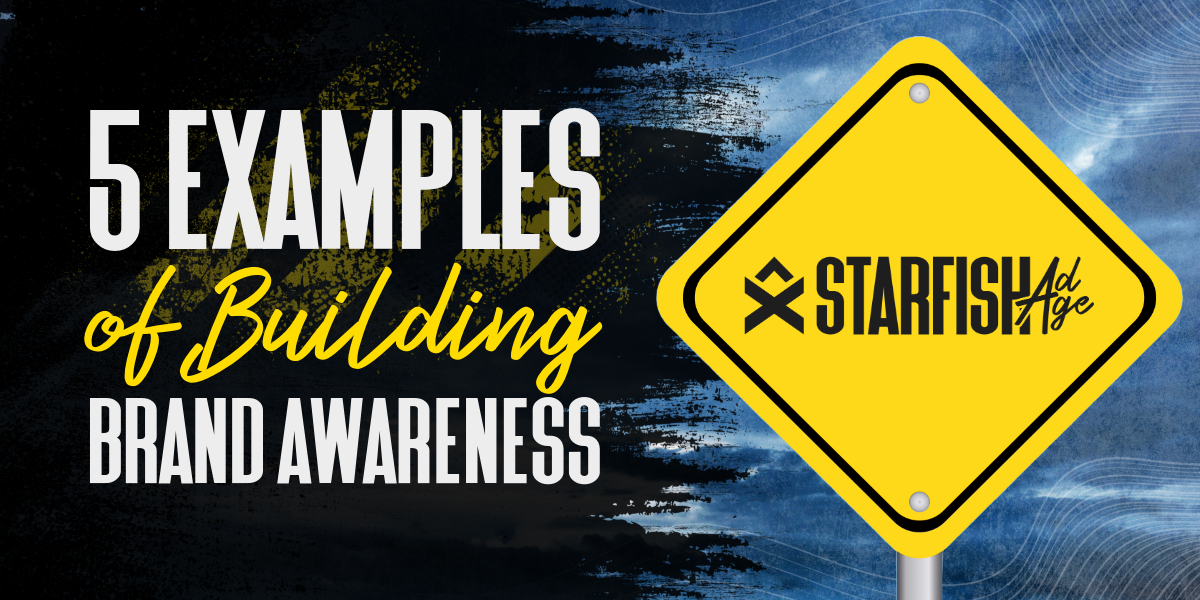
Discover five powerful strategies for building brand awareness, from partnerships and influencer marketing to social media and SEO.
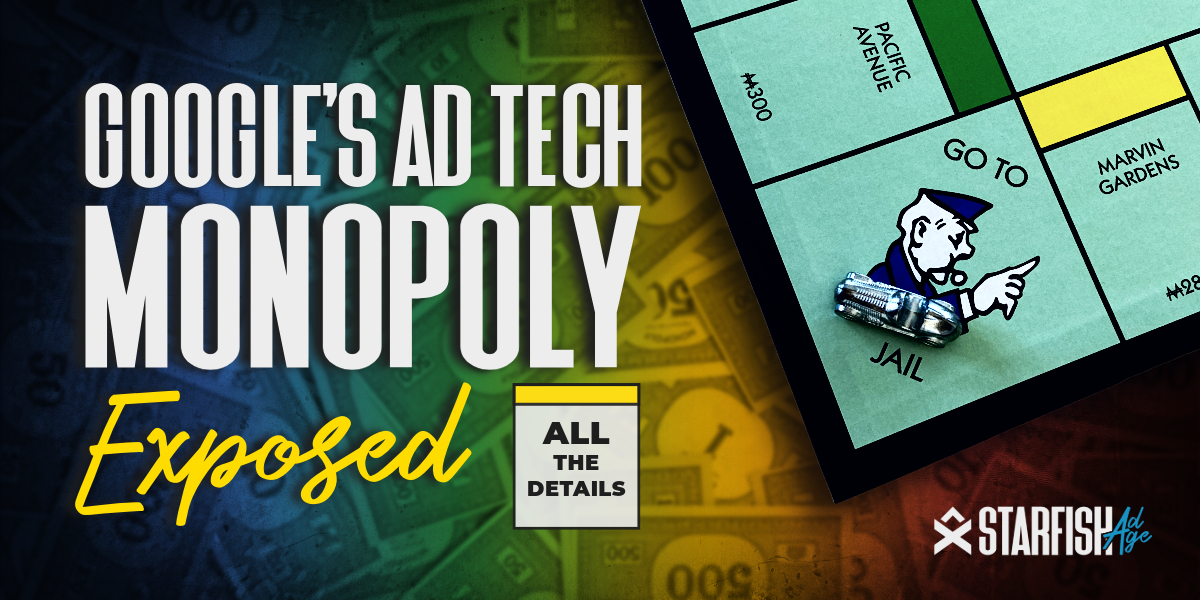
Get the latest insights on Google’s ad tech monopoly trial and how it could reshape digital advertising, competition, and your ad strategies moving forward.
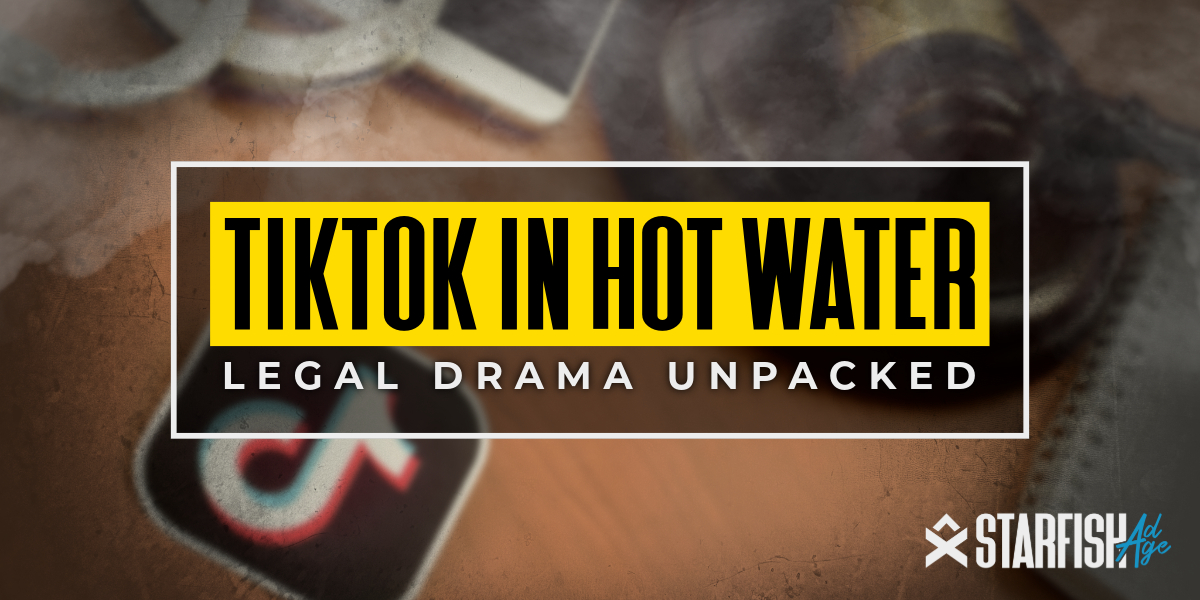
Follow TikTok’s legal battle against the ban and learn how it could affect creators. Get the facts and understand the potential future of the platform.

Explore key strategies in our 2024 Digital Marketing Guide. Learn to understand your audience, build an online presence, and optimize for business growth.
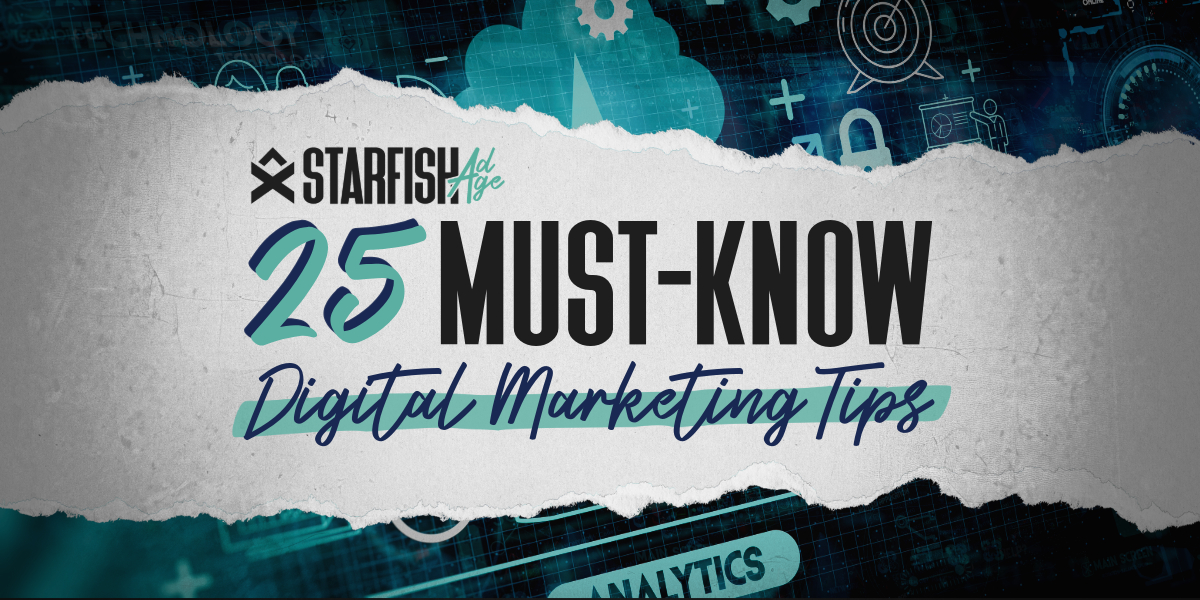
Discover 25 essential digital marketing tips for small businesses. Boost your online presence, attract customers, and drive sales with proven strategies.

14 Essential Digital Marketing Solutions to Boost Your Business Growth

Learn about SEO, PPC, social media marketing, content marketing, and more to drive traffic and conversions. Read now!
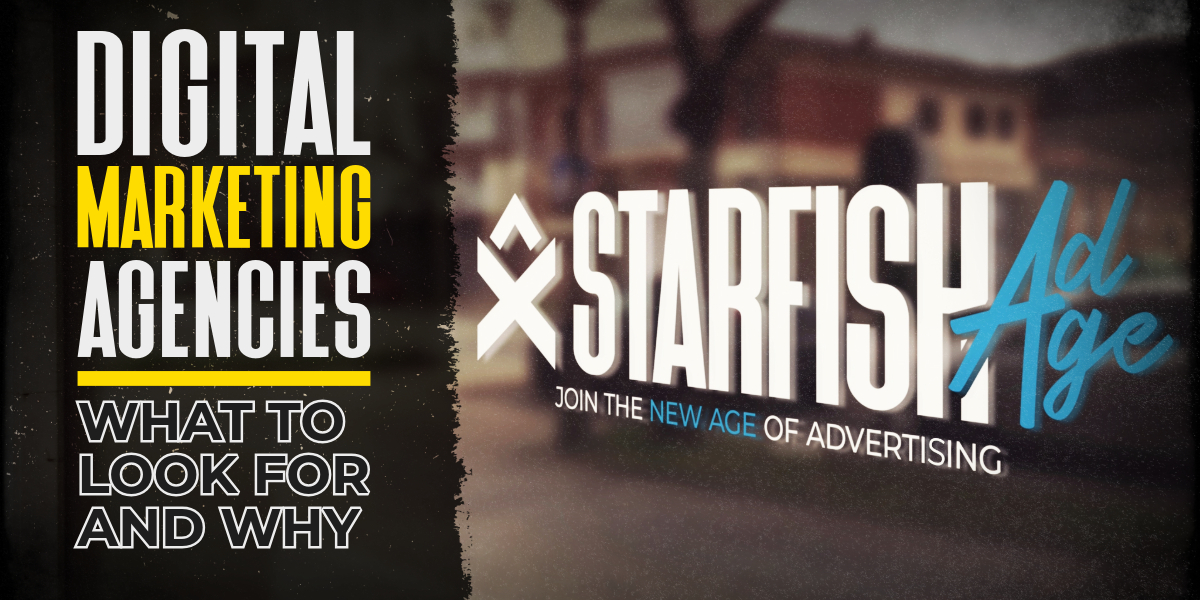
Learn how to select the best digital marketing agency for your small business, the benefits of hiring an agency, and tips for maximizing your online presence.
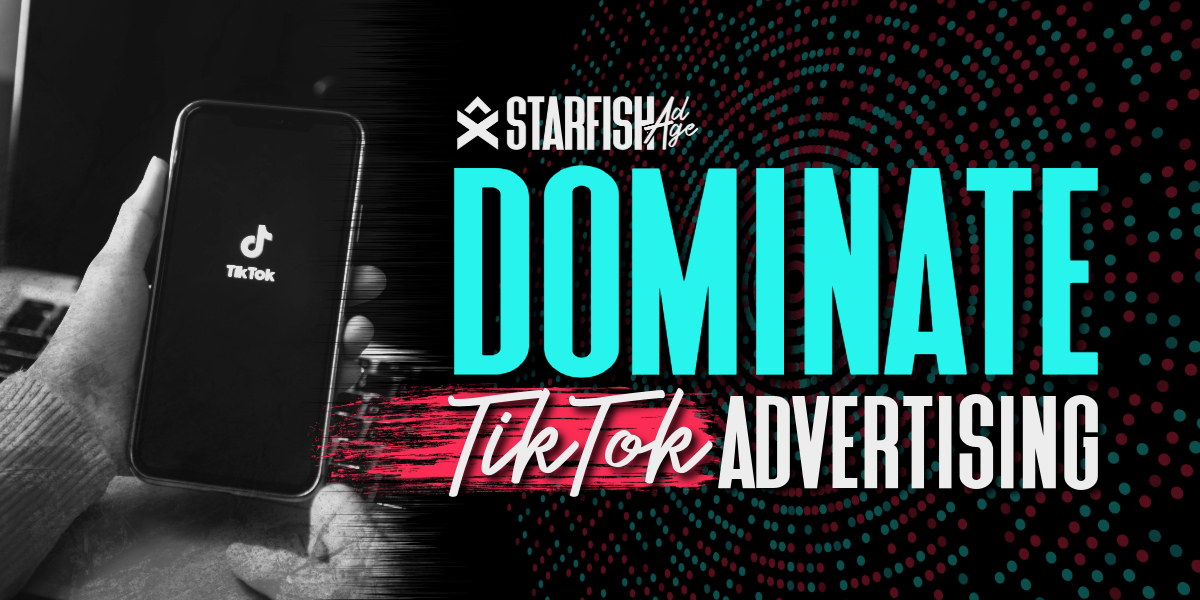
Learn how to leverage TikTok advertising, ad formats, targeting options, and best practices to increase brand awareness, and drive sales.
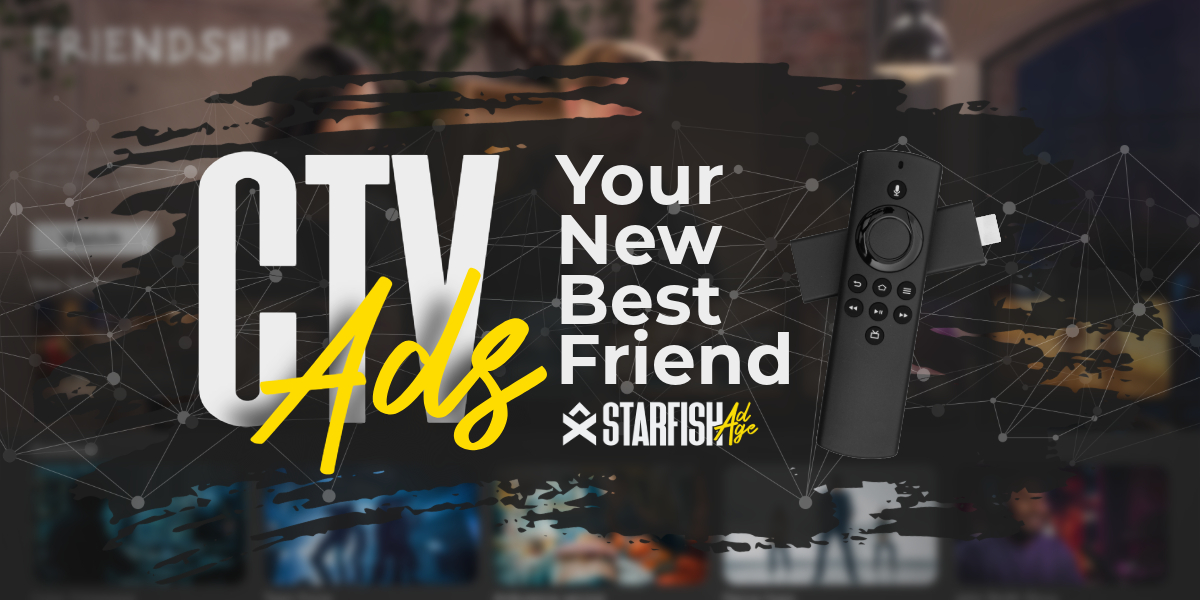
Learn about Connected TV (CTV) ads, their benefits, and how they work. Understand programmatic CTV advertising for effective digital marketing campaigns.
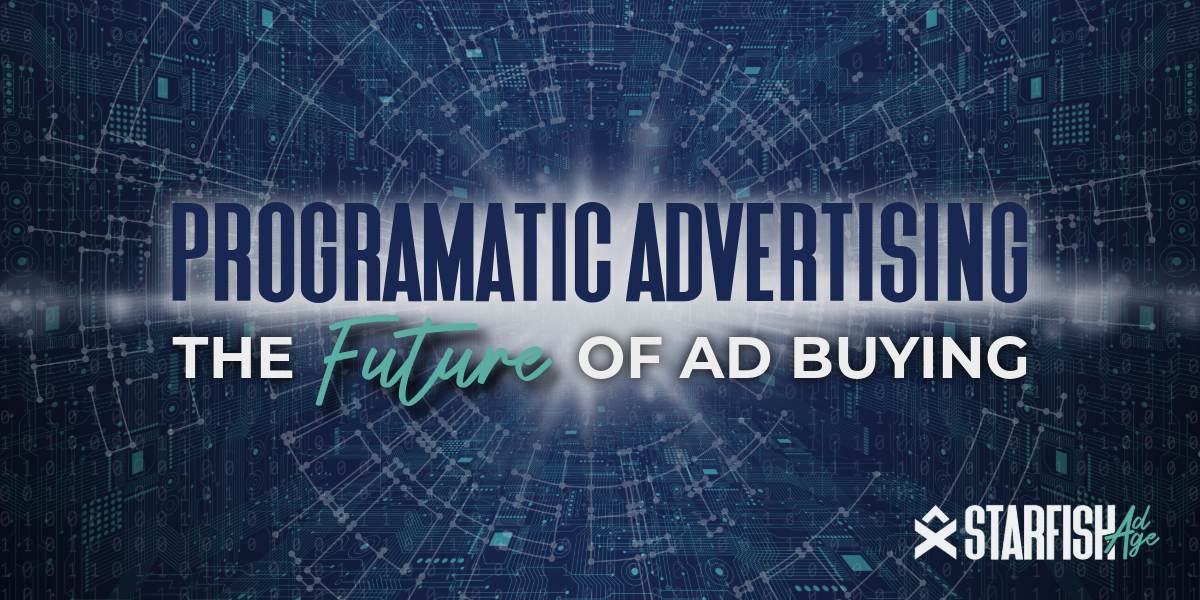
Discover the benefits of programmatic advertising, an automated method of buying digital ad space that enhances targeting, efficiency, and campaign performance.

Discover what SEO in digital marketing is and why it matters. Learn how search engine optimization can increase your business’s success.

Learn how to advertise on Google effectively. The basics of Google Ads, from setting up your account to targeting your audience and driving qualified traffic.
All Rights Reserved | Starfish Ad Age LLC | 2023 | Privacy Policy